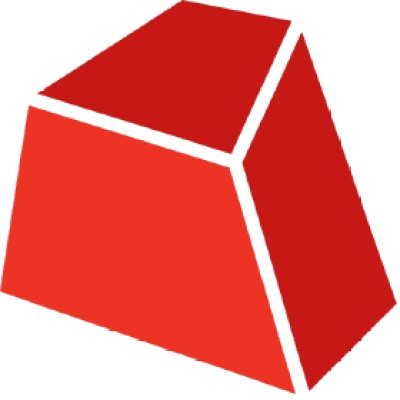
Squint envisions a future where industrial expertise is universally accessible, transforming every factory floor into a hub of intelligence and operational excellence. By harnessing the power of AI and augmented reality, we bridge the gap between human knowledge and digital innovation, creating seamless workflows that empower operators to achieve mastery and precision in real time.
We exist to preserve and amplify the invaluable experience held by frontline workers, turning tacit tribal knowledge into dynamic, scalable digital assets that drive consistency, safety, and growth across manufacturing industries worldwide. Through continuous learning and immersive technologies, Squint is enabling a new era of manufacturing intelligence that evolves with the challenges and opportunities of the future.
Our Review
We've been keeping an eye on Squint since they emerged from stealth in 2021, and honestly, they've caught our attention in ways we didn't expect. While plenty of companies talk about "digital transformation" in manufacturing, Squint's actually solving a problem that keeps plant managers up at night: what happens when your best operators retire and take decades of hard-won knowledge with them?
The "Tribal Knowledge" Problem They're Tackling
Here's what impressed us most about Squint's approach. Instead of building another generic training platform, they're going straight to the source—watching experienced workers do their jobs and automatically turning that expertise into step-by-step digital guides. Think of it as having your best operator train every new hire, even when they're not physically there.
The AI captures everything from troubleshooting tricks to safety shortcuts that typically live only in someone's head. We've seen this "tribal knowledge" challenge destroy productivity at major manufacturers, so Squint's focus feels both timely and necessary.
Where the Magic Happens
What sets Squint apart is their mobile-first approach combined with AR guidance. Workers aren't stuck at desktop computers—they're getting real-time, contextual help right on the factory floor. The platform learns from every interaction, which means it gets smarter over time rather than staying static like traditional training materials.
We particularly like how they've designed the system to feel intuitive rather than intimidating. Too many industrial tech solutions feel like they were built by engineers for engineers, but Squint seems to understand that adoption happens when frontline workers actually want to use the tool.
The Investor Confidence Tells a Story
Sequoia doesn't typically throw money at random manufacturing startups, so their early backing caught our attention. The recent $40 million Series B at a $265 million valuation suggests the market validation is real—especially when you consider they're working with household names like Pepsi.
That Fast Company recognition as one of 2025's Most Innovative Companies isn't just nice PR either. It signals that industry observers see genuine innovation here, not just another SaaS wrapper around existing processes.
Who Should Pay Attention
Squint makes the most sense for larger manufacturers dealing with complex operations and aging workforces. If you're running automotive plants, food processing facilities, or heavy industrial operations where expertise matters and mistakes are costly, this platform could be transformative.
We're less convinced it's the right fit for smaller operations or simpler manufacturing processes where the knowledge transfer challenge isn't as acute. But for Fortune 500 manufacturers? This could be the difference between smooth operations and costly knowledge gaps when key people leave.
Feature
Knowledge Capture: Automatically documents expert procedures by observing workers, turning videos, spreadsheets, and PDFs into immersive, step-by-step guides
Standardized Work Instructions: Delivers text, video, and spatial (AR) guidance to operators on the shop floor, ensuring consistency and quality in execution
On-the-Job AI Assistance: Provides real-time troubleshooting and adaptive learning, enabling operators to learn and resolve issues without leaving their stations
Analytics: Delivers insights into operator behavior and facility performance, helping identify knowledge gaps and optimize training








